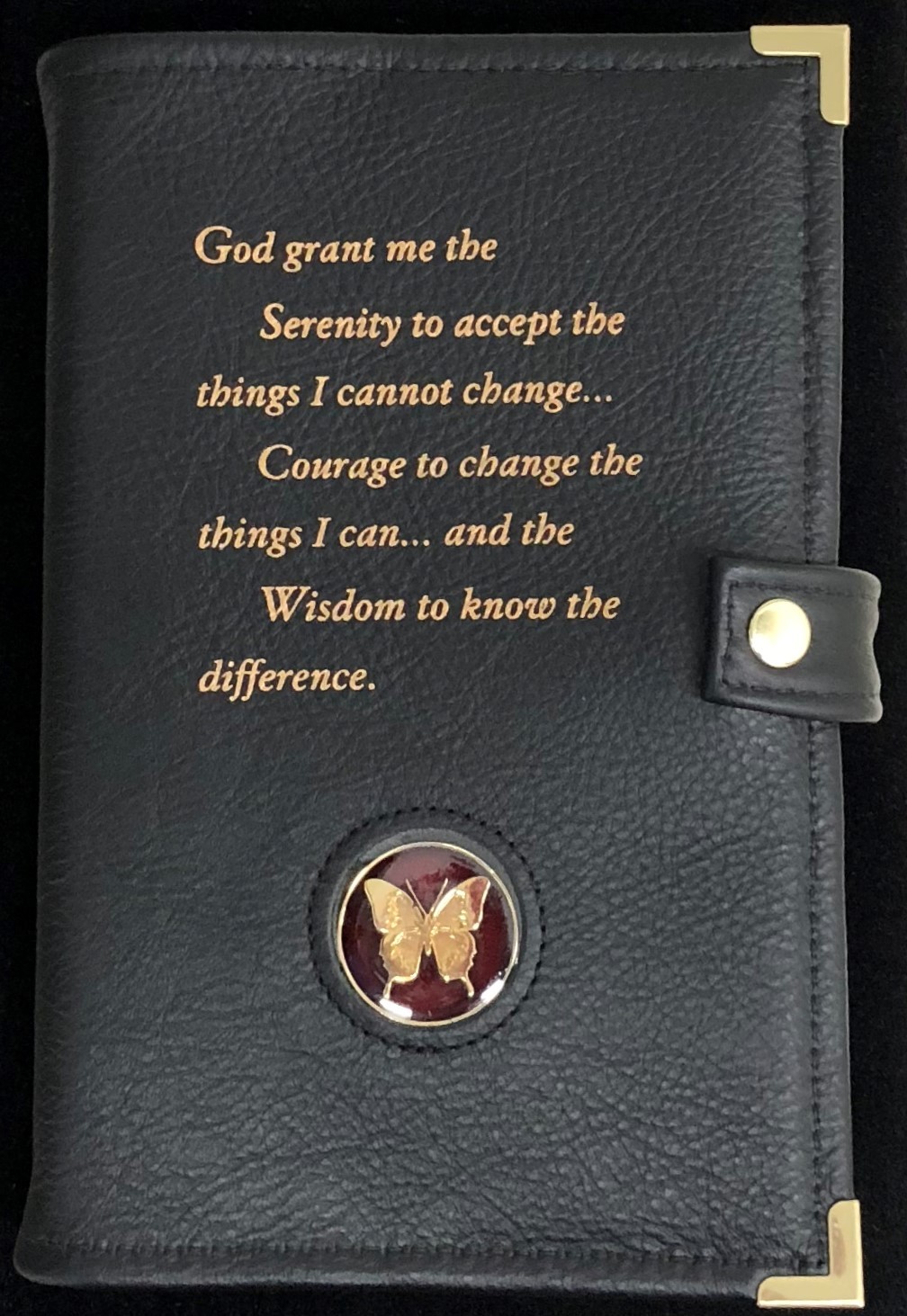

The final two editions, for 1964-7, were published by former newspaper writer Langley Waller. The Greens headed up the project and its annual publication until 1962, with Alma taking over completely after Victor’s death in 1960. Postal employee Victor Green, with assistance from his wife Alma, started the Green Book in Harlem in 1936. The New York Age, 23 August 1958, Saturday, page 32 Green Book Historical Overview Suggestions for further reading will follow the listing guidance. The overview is not meant to be an exhaustive history it is intended only to establish historic significance for the purpose of meeting the AACRN criteria and simplifying the listing process for applicants.

LARGE STYLE GREENBOOKS HOW TO
Guidance for how to do that will follow a brief historical overview of the Green Book. Because all Green Book sites share a common historical background, however, we are providing this context document for applicants to use in meeting that requirement. To become a member of the AACRN, applicants must demonstrate a verifiable connection to the civil rights movement, usually done by writing a statement of significance on the application form. Given the perilous status of its physical manifestations, the AACRN has identified the Green Book and its sites as an area of particular interest. Due to the Green Book’s importance to the civil rights struggle, the study of it can shed light on not only the history of race in America but also on our society today. A recent survey of the locations of Green Book sites by ethnographer Candacy Taylor found that of the thousands of Green Book sites on record, only 5 percent are still in operation and more than 75 percent are gone. This objective of this document is to provide necessary historical information and guidance for property owners and others who know of a Green Book site, and are interested in having it become a member of the African American Civil Rights Network (AACRN). The starting point from which a safe journey could be planned, and a tool for the African American community to actively resist the oppression they faced across America. didn’t tell you if a place had a good steak, or good seafood, or had a soft bed.it told you where you would be safe it told you where you’d be welcome and not made to go around the kitchen and order something to go.The rest are just fluff.To my mind, it’s still the only necessary travel guide that’s ever been printed.” Simple, fundamental, essential. Dino Thompson, a native of Myrtle Beach, South Carolina, succinctly and powerfully summed up the Green Book’s seminal importance to African American travelers: “. The brainchild of postman Victor Green and first published in 1936, it was called alternately The Negro Motorist Green Book, The Negro Travelers’ Green Book, and The Travelers’ Green Book over its 30-year existence. Thanks to entrenched and systematic racism that was pervasive throughout the country in the form of formal Jim Crow laws, segregationist policies, informal community traditions, or simply the bigoted and racist attitudes of individuals, African Americans always faced increased difficulties and frequently faced physical danger whenever they wanted or needed to take a trip away from home.Īttempts to thwart such hurdles largely fell on the individual or family, but there also were organized efforts, the most successful and long-lived of which was the Green Book. But not very long ago, this was not expected, and certainly not taken for granted, by a large percentage of American citizens, African Americans. Although the work to guaranteed civil rights for all is a continuing process, we may take for granted that we can stop to use the restroom, grab a meal, get gas, or find a place to stay overnight more or less whenever or wherever we need to along the way. Traveling with a minimum degree of safety and comfort is something we expect to be available to us now. Courtesy of the Ohio History Connection, P 365, Box 12.


 0 kommentar(er)
0 kommentar(er)
